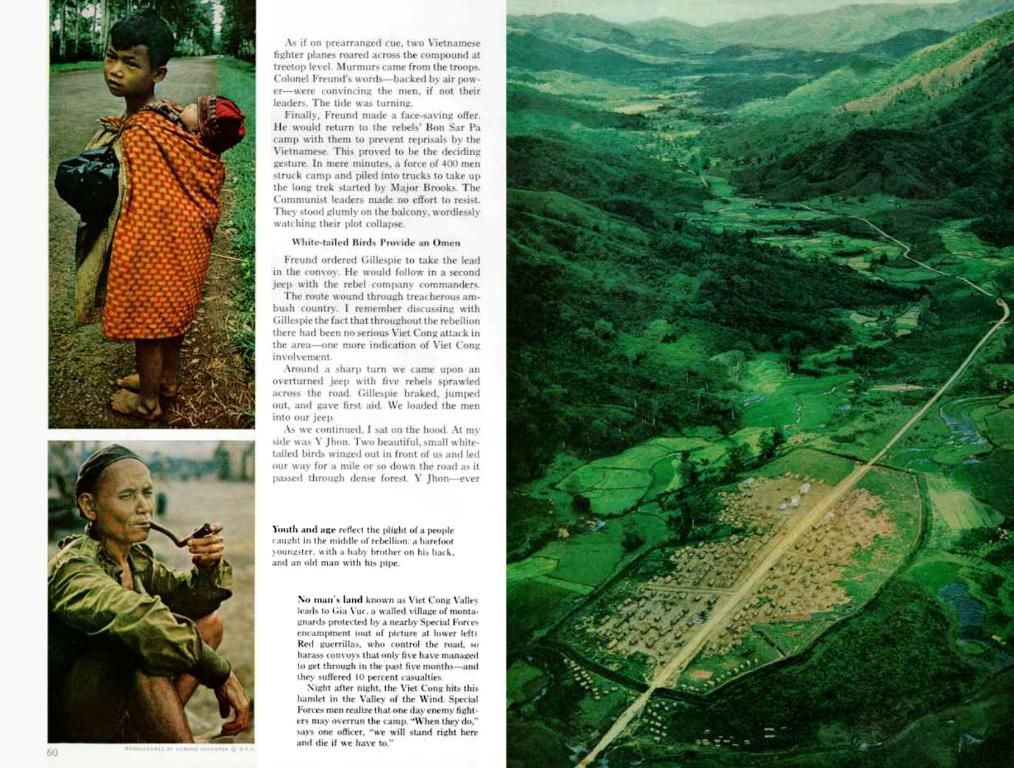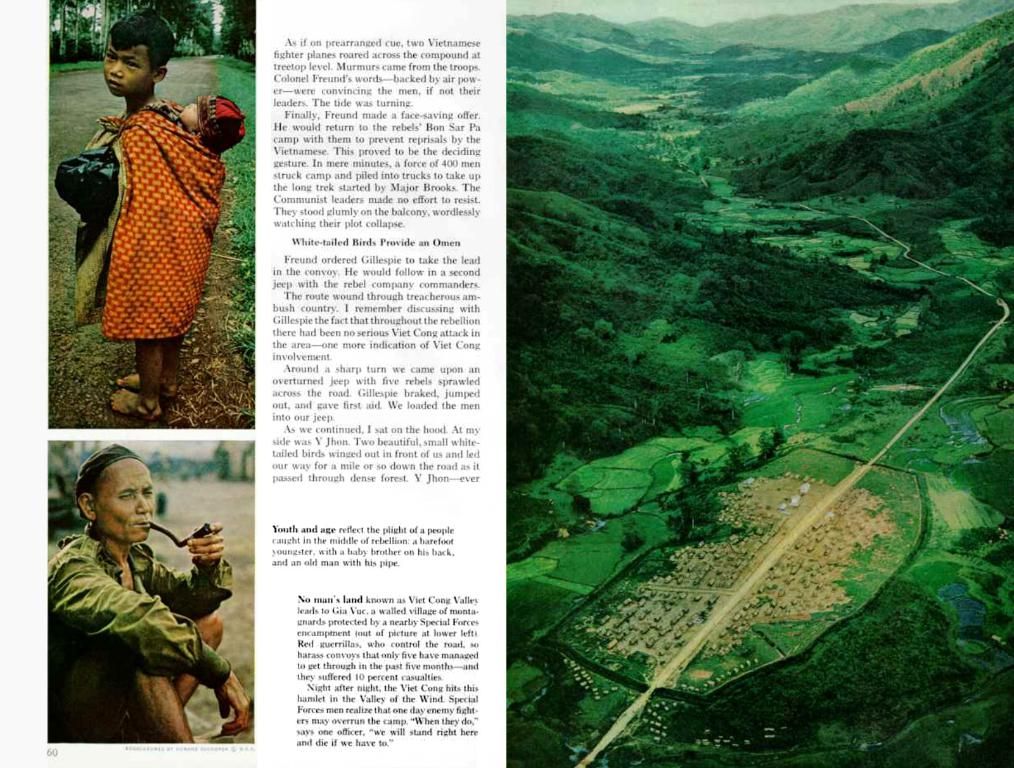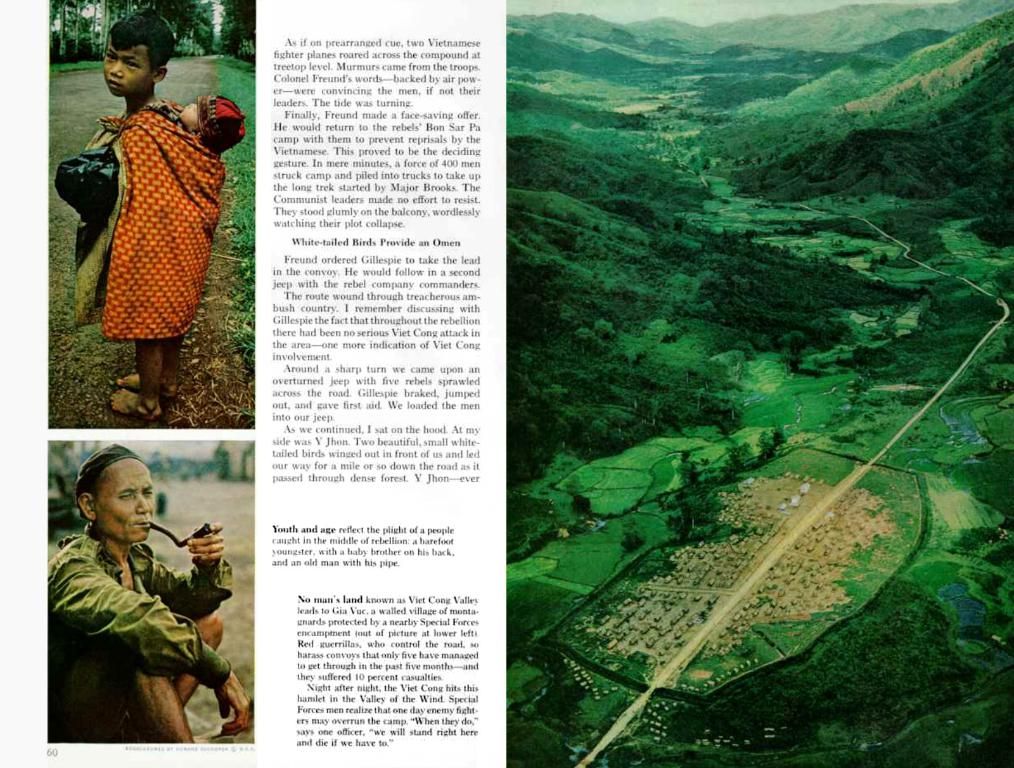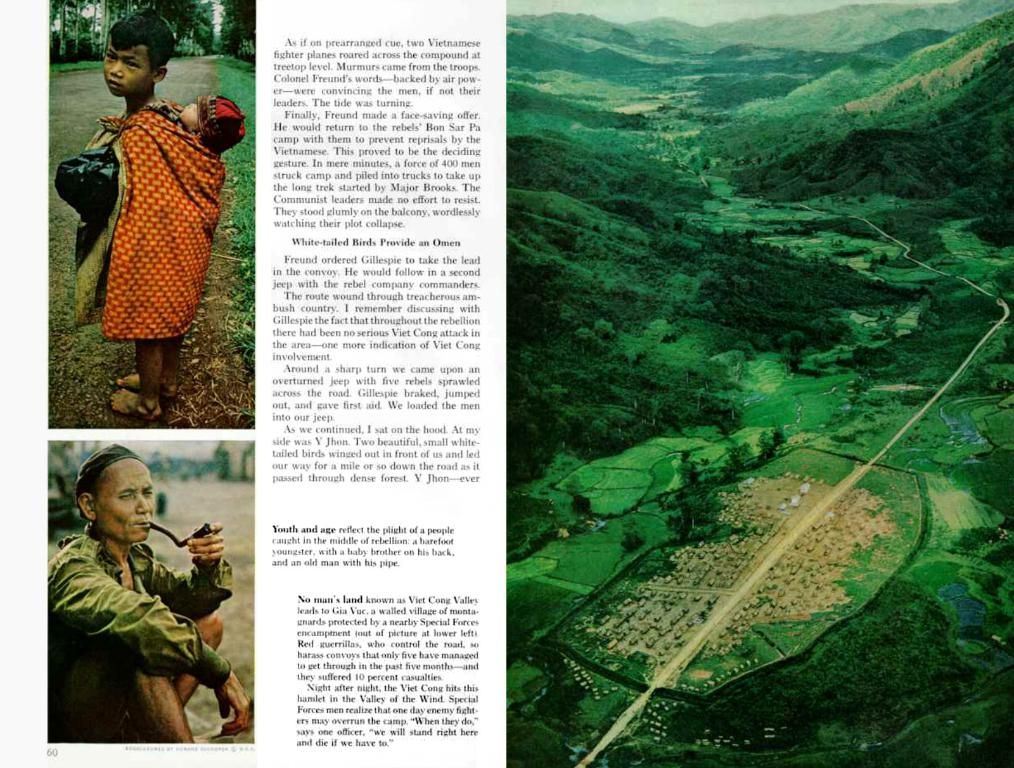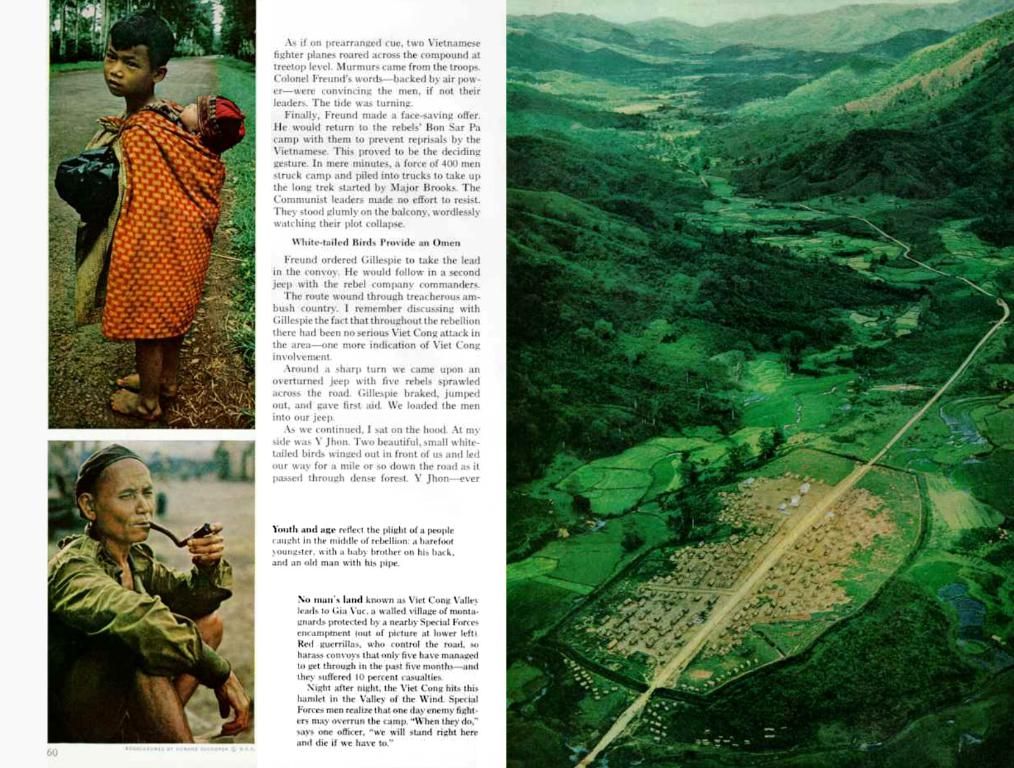Image Formats: Distinctions between Vector and Raster Graphics for Game Designers
Making the decision between Vector and Raster images in game development can be a complex affair, as both formats, while similar in some aspects, offer unique benefits and drawbacks.
Vector Graphics
Vector graphics, which utilize mathematical equations to define lines and shapes, have their own set of advantages.
Pros:- Scalability: Since they don't rely on pixels, Vector graphics retain their quality regardless of size, making them excellent for high-resolution displays, scalable game elements, logos, and icons.- Small File Size: Given their lack of pixels, Vector files tend to be smaller, which can speed up game loading times and reduce storage requirements.- Easy Manipulation: Vector elements can be easily modified since they use mathematical equations, enabling dynamic changes within the game.
Cons:- Complexity: Creating and editing Vector graphics, especially for complex scenes or characters, can be more challenging as compared to Raster graphics.- Limited Detail: Vector graphics may not capture detailed textures or photorealistic scenes as effectively as Raster graphics.
Raster Graphics
Raster images, on the other hand, use pixels to create images. Here's where they excel:
Pros:- Detail and Texture: Raster graphics can offer high levels of detail and texture, making them suitable for photorealistic environments and characters.- Easy Creation: Often simpler to create using digital painting software, which can be more intuitive for some artists.
Cons:- Scalability Issues: Raster images loss quality when scaled up, leading to pixelation and blurriness.- Large File Size: Raster files are typically larger, which can increase game size and loading times.
The Appropriate Time for Each
- Vector Graphics: Preeminent for game UI elements, logos, and icons where scalability and small file sizes are essential. They're also useful for creating dynamic, interactive elements that require manipulation in-game.
- Raster Graphics: Ideal for crafting detailed environments, characters, and textures, particularly for games that necessitate photorealistic visuals and are optimized for specific screen resolutions to prevent scaling issues.
In conclusion, Vector graphics are ideal for scalable and dynamic elements, while Raster graphics are better for detailed and textured visuals. The choice depends on the specific needs of the game, balancing detail and scalability.
For game developers, understanding the differences between Vector and Raster graphics can help them choose the appropriate format for each part of their game, ensuring a high-quality final product.
In the realm of game development, artificial intelligence algorithms can be implemented to create dynamic and responsive game elements, pairing seamlessly with the scalability and manipulation capabilities of Vector graphics. Furthermore, technology advancements in data-and-cloud-computing, connected devices, and smartphones pave the way for more immersive gaming experiences, where detailed Raster graphics can bring photorealistic environments to life.


